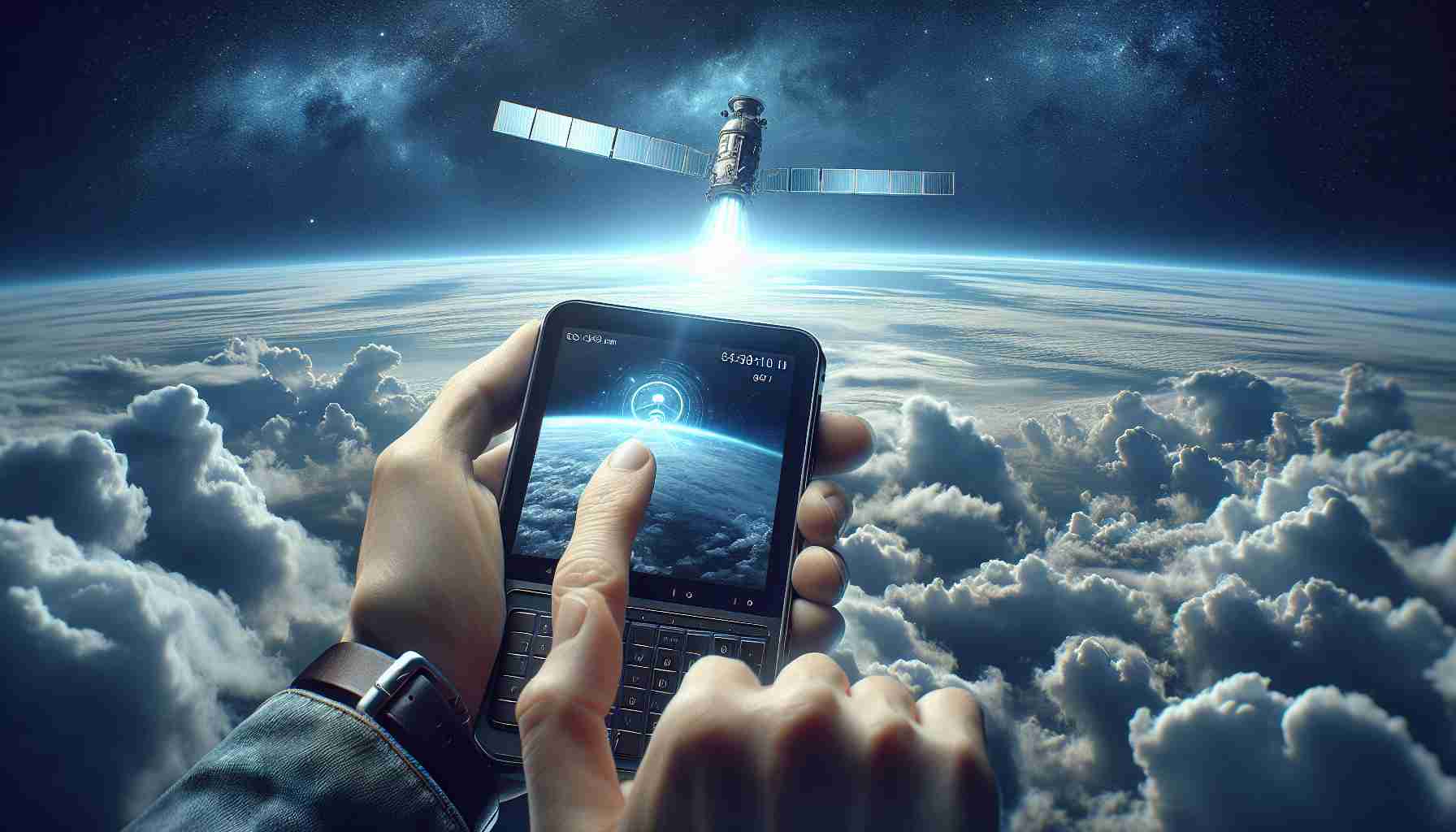
Apple has introduced innovative satellite messaging features in its latest iPhone models to assist users during emergencies when cellular networks fail. Natural disasters such as hurricanes and floods often disrupt communication infrastructure, complicating rescue efforts and personal safety checks.
In critical times, the inability to reach friends and family can escalate anxiety and uncertainty. Standard mobile networks may become non-functional, especially when power outages cause cell towers to go offline. Fortunately, Apple has developed solutions that allow users to communicate even without traditional signaling.
The first of these solutions is Emergency SOS via Satellite, which acts as a lifeline in areas devoid of signal. This feature enables users to send emergency messages directly to a satellite when conventional means are unavailable, making it vital for those located in remote regions.
More recently, Apple has expanded its offerings with Messages via Satellite, available on iOS 18 for iPhone 14 and newer models. This allows users to send both iMessages and SMS when out of mobile and Wi-Fi range. While the messaging capabilities are simplified, users can still convey essential text and emojis, though sending multimedia content is not supported.
To utilize these satellite features effectively, users should set up emergency contacts ahead of time and ensure that their Family Sharing settings are up to date. The system will notify users when the satellite messaging feature is accessible, seamlessly guiding them to connect and communicate in times of need.
Stay Connected Through Satellite Messaging: Bridging Communication Gaps Beyond Cell Networks
Satellite messaging has emerged as a critical communication tool, especially in regions prone to natural disasters or for adventure seekers venturing into remote areas. While advancements have been made, particularly by companies like Apple, several key questions and challenges remain pertinent to this evolving technology.
What is Satellite Messaging, and How Does It Work?
Satellite messaging allows users to send and receive text messages through satellites instead of traditional cell towers. This technology is particularly beneficial in areas with unreliable cellular service, as messages are routed through satellites orbiting the Earth. Satellite devices connect to these satellites, often requiring a clear line of sight to ensure effective communication.
Who Can Benefit from Satellite Messaging?
Satellite messaging is invaluable not only for individuals caught in natural disasters but also for outdoor enthusiasts such as hikers, campers, and sailors. It allows them to maintain contact with loved ones, request assistance, or check in when they are out of cellular range.
What Are the Key Challenges or Controversies?
One challenge associated with satellite messaging is the limited bandwidth and the delay in message delivery compared to traditional text messaging. Satellite signals can experience latency due to the distance to geostationary satellites. Additionally, these services often come with higher costs associated with device purchase and subscription fees.
Advantages of Satellite Messaging
1. Global Coverage: Satellite messaging is available in remote areas where cellular networks do not exist, making it ideal for international travelers or those in wilderness areas.
2. Emergency Communication: During disasters when cell towers are down, satellite messaging can be a lifesaver, allowing users to contact emergency services or family members.
3. Simplified Communication: The ability to send essential messages without the need for advanced technology or apps can be beneficial in dire situations.
Disadvantages of Satellite Messaging
1. Cost: Purchasing devices and paying subscriptions for satellite messaging can be expensive, particularly for casual users.
2. Limited Functionality: Users can usually send only simple text messages and no multimedia content, which might hinder full communication.
3. Signal Dependence: Physical obstructions, such as mountains or dense forests, can block signals, making it unreliable in certain situations.
Conclusion
Satellite messaging represents a significant advancement in staying connected, especially during emergencies. As technology continues to evolve, it’s essential for users to weigh the advantages and disadvantages of these systems, ensuring they make informed decisions that prioritize their safety and connectivity.
For more information about satellite messaging technologies and their applications, visit Satellite Industry Association and Garmin. These resources provide insights into the latest developments and devices available for satellite communication.






